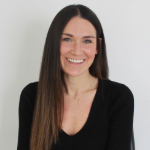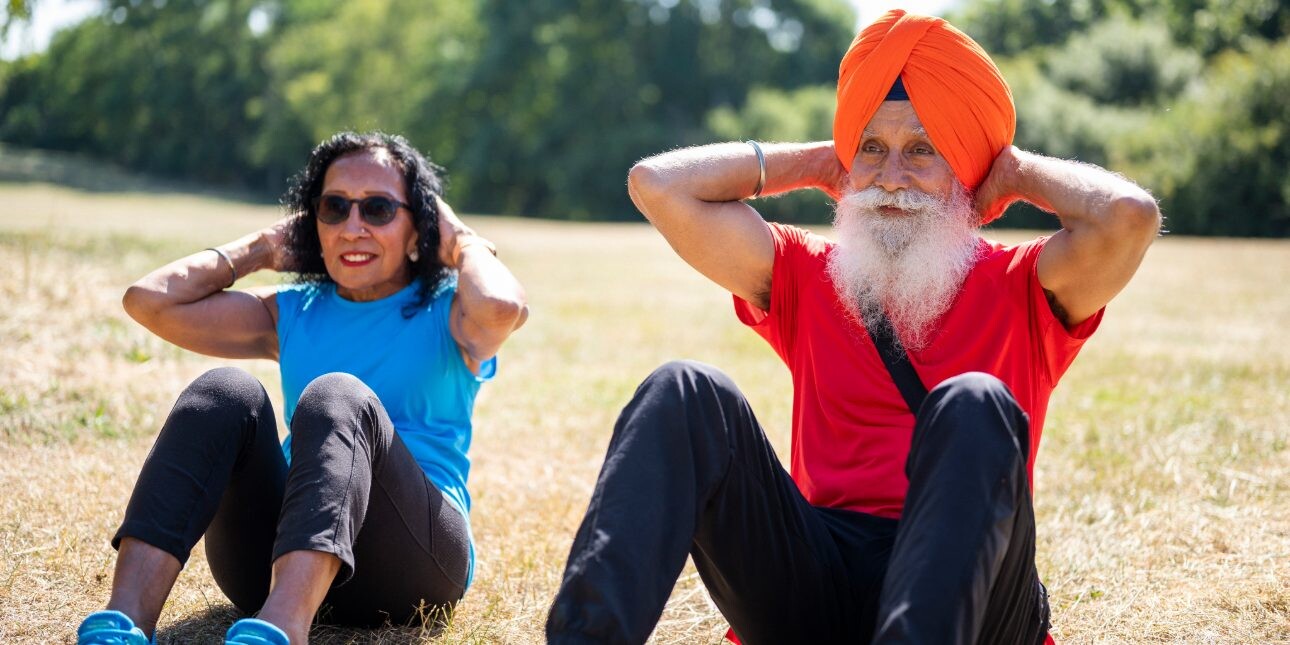Ageing isn’t a problem for PR to solve, it’s a story to tell better
Here are five ways that the PR industry can address the emotional gap in today’s wellness comms
A few lazy Sundays ago, I was scrolling through Netflix for an ‘easy watch’ and decided on The Thursday Murder Club. To my surprise, it was enlightening.
The film had its fair share of cheesy dialogue and theatrical moments. But it landed one important truth: older people are far from passive or irrelevant. They are wise, curious, funny, adventurous – and absolutely not done yet.
Watching it got me thinking about how I view ageing. Some days, I actively try not to think about it – my mind conjuring movie-worthy images of myself in a run-down care home. Other days, I’m overwhelmed by all the things I “should” be doing: more exercise, more supplements, more sleep, more healthy food, more positive thoughts, less alcohol – all in service of looking and feeling younger for as long as possible.
But almost never do I stop and think: what do I actually want my later years to look like?
That, I realised, is part of the problem. In a sea of age-defying skincare and biohacks, the brands we engage with talk a lot about living longer. But very little get us excited about those extra years. There remains a stark gap between promoting longevity and promoting the joy of living well into old age.
Celebrate ageing
For comms professionals, this is a reminder that ageing isn’t just a problem to solve; it’s a story to tell better. What if we stopped marketing ageing as something to “hack” and instead embraced it as something to celebrate? What if campaigns stopped obsessing over youthful optimisation and started showing what it looks like to live a rich, curious, rebellious life in your 70s, 80s and beyond?
There’s a big opportunity here to redefine the wellness narrative - shifting from fear and maintenance, to hopefulness and meaning.
So, how can we work with our brands to close this emotional gap and make wellness feel joyful again? Here are five ideas:
1. Celebrate lived experience. Highlight stories of older people pursuing passions, taking risks, and embracing curiosity. Age isn’t a limitation; it’s an asset.
2. Show diversity in ageing. Represent different lifestyles, abilities, and backgrounds. Avoid the “one-size-fits-all” version of later life.
3. Shift from problem-solving to aspiration. Instead of framing ageing as a challenge to overcome, show what’s exciting about the next chapter: adventure, learning, relationships, creativity.
4. Inject humour and warmth. Life in later years isn’t all serious or serene. Show joy and playfulness to make campaigns relatable and engaging.
5. Design experiences, not just messages. Go beyond product features. Create campaigns and content that let people imagine and feel the richness of life in their later years.
It’s time we stopped selling people the mechanics of longevity and started selling them the spark of it. Because living longer isn’t just about adding years to life – it’s about adding life to those years.

Georgia Entrican is senior account director (healthcare) at The PHA Group.
Further reading
'I get called Grandma in meetings' - PR industry must tackle its ageism problem
The 50something man has a PR problem
What PRs can learn from the ASA’s report on age representation

